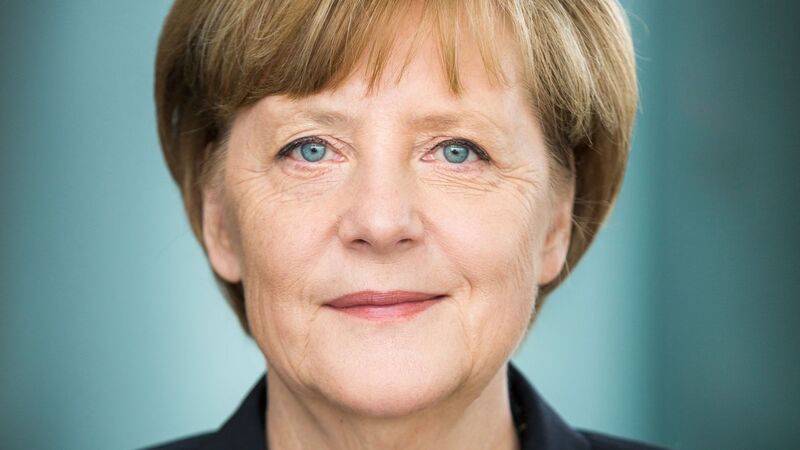You are viewing your 1 free article this month. Login to read more articles.
Number of libraries rose in 2021 as visits plummeted, disputed figures show
Newly released figures, disputed by experts, show the number of in-person visits to libraries fell by 72% in 2020/21 financial year compared to the year before as the coronavirus pandemic forced libraries to close for lengthy periods of time.
The Chartered Institute of Public Finance and Accountancy (CIPFA), which released its annual statistics two months later than usual, said there were just 59.7 million visits in the period to March 2021, compared to 214.6 million the year before.
There was also a dramatic drop off in the number of books issued, 72.9 million compared to 165.9 million in the prior year, a decrease of 56%. However, the number of web visits for libraries continued to grow, increasing by 18% to 154.7 million during the period.
However, the number of static and mobile libraries actually increased by 5% to 3,842.
The total number of paid staff fell by less than 100, or 1%, between the 2019/20 and 2020/21. Volunteer figures, however, dropped sharply with a decline of almost 50% from the previous year to 25,709.
CIPFA also said the total income of libraries decreased by nearly £20m over the last financial year to £56.6m from £75m, a reduction of 25% from 2019/20. Rob Whiteman, CIPFA chief executive officer (pictured), said: ‘‘Given how stretched public services were during the pandemic, it’s not surprising to see such a sharp decline in libraries’ income, visitors and volunteer staff.
"It’s worth noting that the reduced levels of income we’ve seen have occurred despite increases in specific grant funding. Without this additional grant funding, we would have expected to see lines of income even lower. The fiscal reality that libraries are facing is bleak.
“Clearly, physical visits have dropped due to Covid-19 restrictions and the closure of library facilities. But, while this decline may be steep, the increase in digital visits shows that communities still want to use library services. Libraries continue to be of significant cultural value for our communities.
“Only time will tell if this recent shift to digital will prove to be a long-term model for our use of libraries.”
However, the focus on the figure for the total income of libraries was challenged by some experts.
Library campaigner Tim Coates, a former managing director of Waterstones, said this only makes up a small part of library spending which is paid for from revenue, such as fines, fees and small grants, and could be easily explained by the fact there were fewer loans of print books in the period and many libraries stopped charging overdue fees.
Spending on libraries, paid for by councils and the taxpayer, only fell slightly, from £800m to £780m, a decrease of 2.5%, according to CIPFA’s latest figures.
Coates said: “We know now, for the first time, that the public paid almost in full for the public library service during 20/21 (£780m against £800m). Nearly all the staff remained employed. Yet visits fell by 72% and book loans fell by 56%.
“We don’t know anything about the loans of e-books or any digital material. We don’t know how much the library service was used for events or by children. We don’t know how much was spent on either print books or e-books. Nor do we know how many councils completed the CIPFA form—which is an ongoing concern.
“But we also do know that all that is against an industry background of increased reading during the pandemic”.
Coates also criticised the figures for being two months late. CIPFA said this was because some responses to its survey were slower than previous years which ultimately delayed release of the figures.
Nick Poole, chief executive of CILIP, the library and information association, also expressed concerns. He told The Bookseller: “CILIP does not recognise the figures that CIPFA has issued and we have concerns about the validity of the data, given that library services are increasingly capturing data on local usage and impact in different ways and we understand that fewer are now providing data to CIPFA. We are in discussion with library sector bodies about a new approach which will hopefully provide more meaningful statistical data on libraries in future.
“2020 and 2021 were undoubtedly very challenging years for physical footfall and book loans, but libraries across the UK were able to innovate and adapt to find new ways of engaging their audiences. As we emerge from the pandemic, our users’ needs are still evolving and we are pleased to see that library services are evolving with them.
“Funding is a challenge for all public services, but it is important to note how many councils have found ways to continue to support libraries despite the huge financial pressures on social care. CILIP will shortly be announcing the results of the independent inquiry into public library financing, which we hope will provide a roadmap to a more sustainable future, including a broader range of income streams for libraries.”
Isobel Hunter, chief executive of Libraries Connected, added: “Libraries were not allowed by the government to fully reopen until April 2021, which is after this survey period, but since then the picture has changed dramatically. Surveys of our members show that borrowing of physical books had returned to around 84% of pre-Covid levels by December 2021.
“In the second half of last year, event attendance swung from digital to physical with an estimated 1.7 million people at live events from July-December. However, digital and audio borrowing remain high, at more than double pre-Covid levels, and this brings its own challenges to library budgets. The pandemic also clearly demonstrated that the diverse needs of local people cannot be met by digital services alone. The current squeeze on local authority and household incomes mean that libraries will need even more support to continue to innovate for their communities online and in person.”
At a local level, the figures show Surrey libraries were the country’s busiest last year, with 552,054 visits, while Lancashire and Suffolk libraries also made the top three.

















